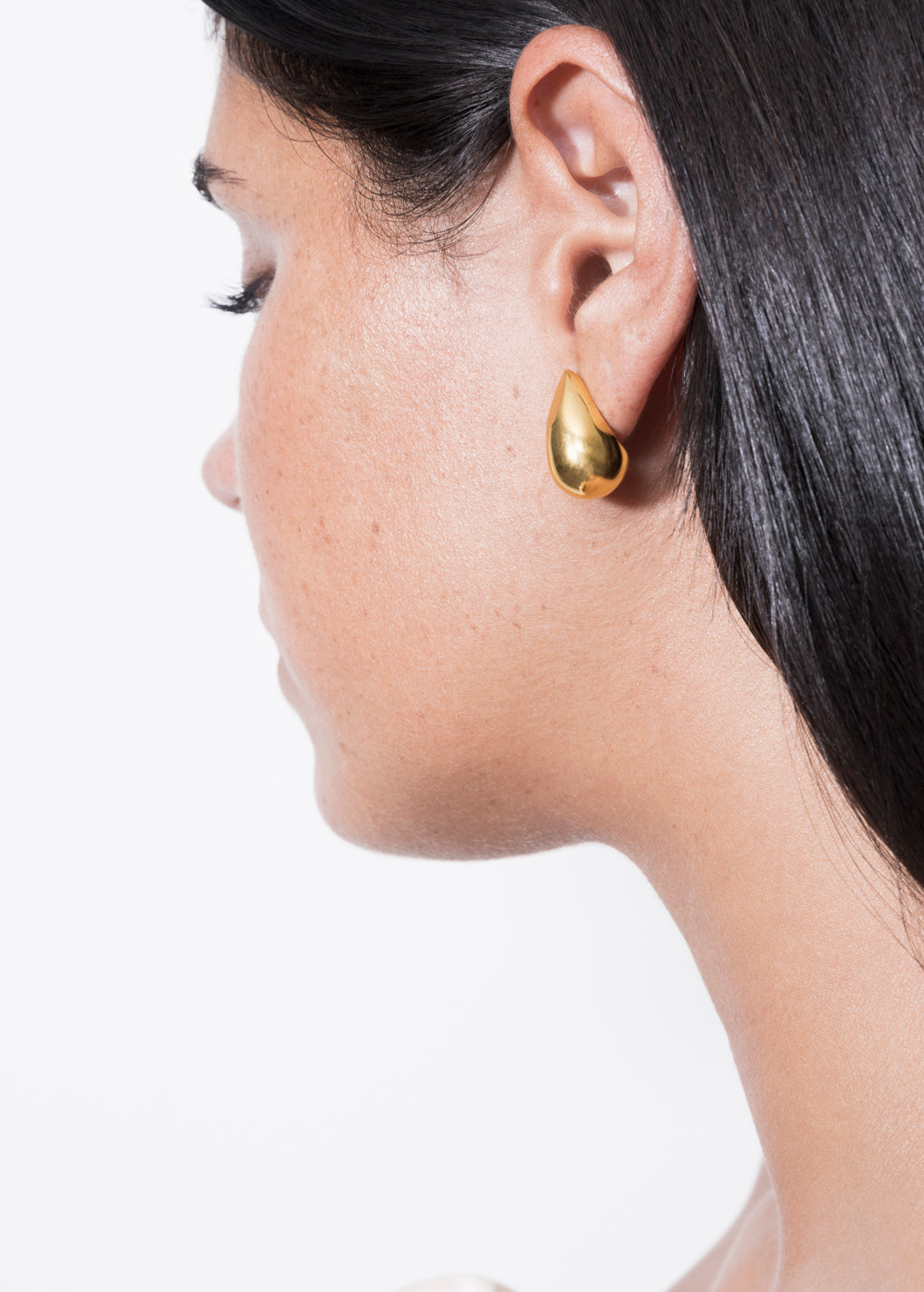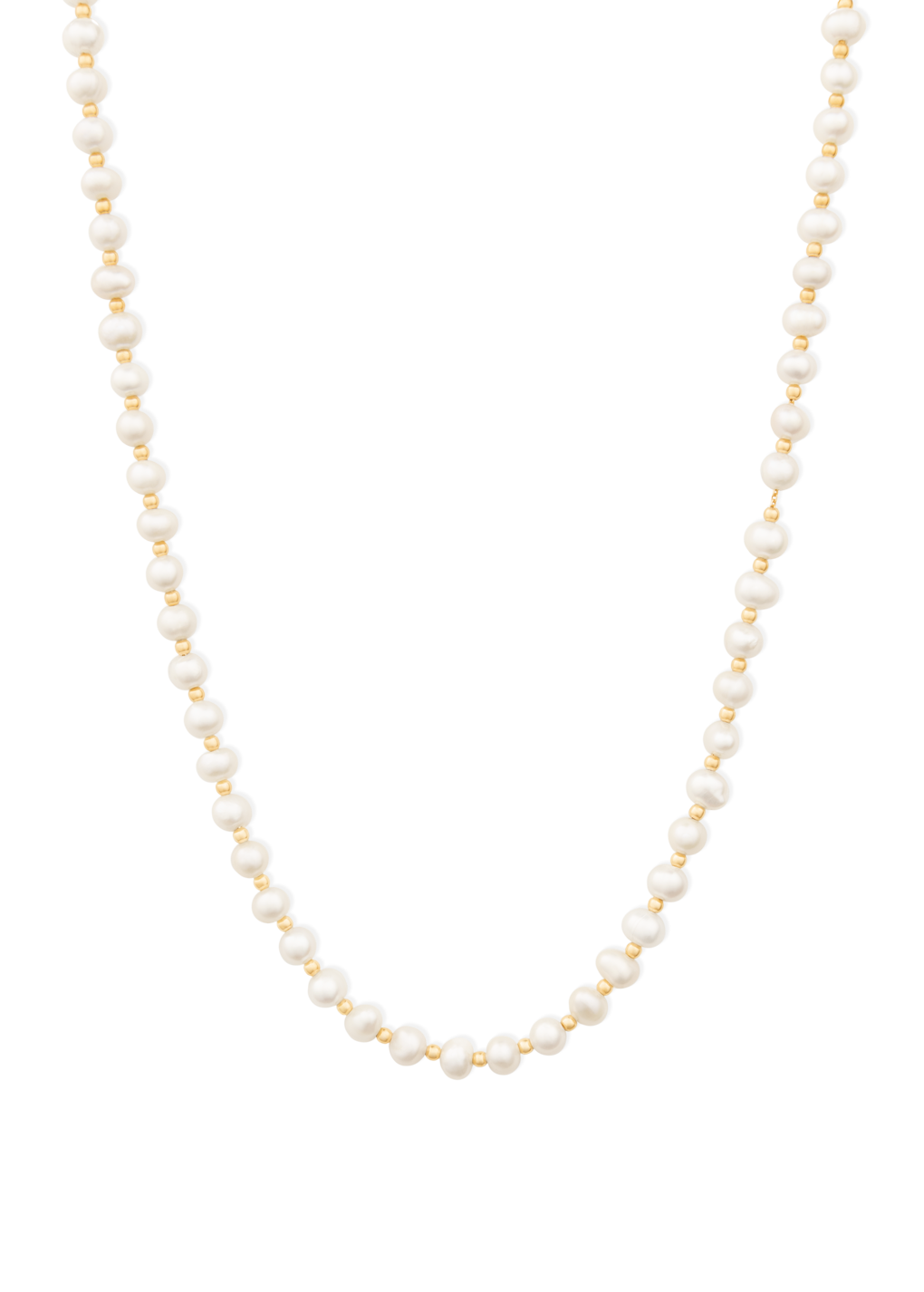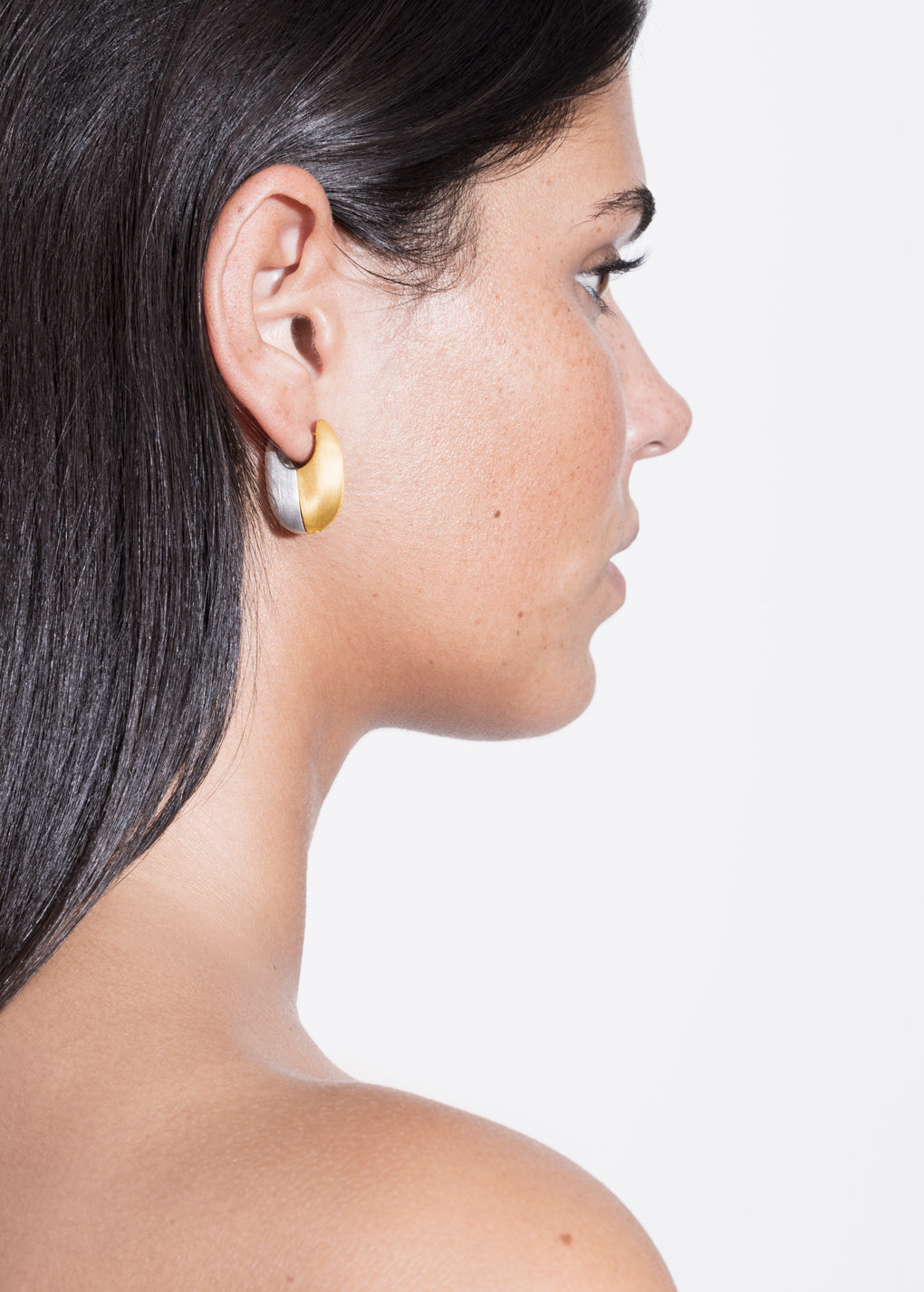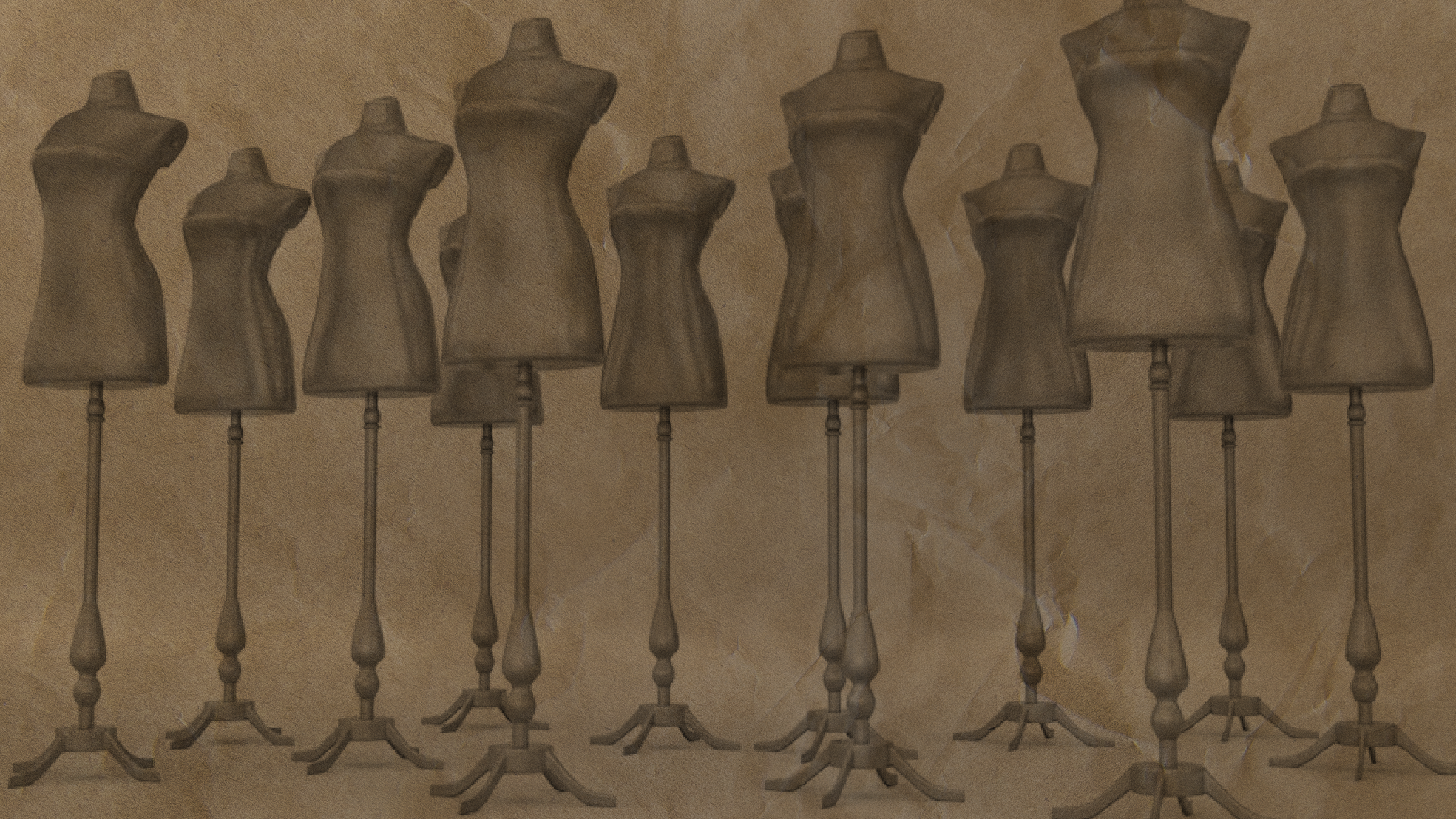fashion is one of the most enduring and influential phenomena of western civilization. we can understand fashion in two different ways: as a set of clothes and accessories, or in a more general and comprehensive way, as a logical and ideological mechanism that includes clothing. from this perspective, and using adam smith's concept, fashion applies to all areas where the notion of "taste" plays a central role, such as clothing, decoration, but also music, poetry, or architecture. as such, thinking about fashion and trying to understand it is, in a way, trying to understand who we are and how we act. interpreting a moment in history must also take into account the fashion movement of that time. although in some circles the concept of fashion is looked down upon as something minor or useless, the truth is that fashion is an important source of information about an era. not only as a representative of a specific aesthetic quality of a given time, but also as a revealer of social relations. it is more than just one defining quality, but a combination of qualities. perhaps not very easy to define, but shared by a complex network of similarities linking: architecture, design, art, politics, science, religion, etc., capable of encouraging and interfering in various areas of consumption.

until recently, in-depth reflection on the phenomenon of fashion was rare, and mention of the concept was loosely associated with the idea of aesthetics (sensation, perception, feeling). kant used the term aesthetic judgment to refer to our appreciation of beauty, a disinterested interest that allows us to purify the object of its use. marx, on the other hand, despised the concept, focusing only on the economic conditions of those who produce such objects and seeing them only for what they really are. but it was with georg simmel that the idea of aesthetic experience as deeply connected to social life came to the fore. his approach shows that human nature is dualistic, with a tendency to generalize on the one hand, and a desire to be singular, unique, on the other. the history of society reveals this nature in its conflicts, the desire for permanence, unity, similarity (adaptation to the norms of society) and, on the other hand, the desire for change, freedom and uniqueness.
human beings have a tendency to imitate, a comfort in not being alone and feeling free from the responsibility to choose. on the other hand, this feeling of belonging also accentuates the eternal desire to change, to stand out. fashion fulfills this need. on the one hand, it is a way of imitating a certain example, and on the other, it satisfies the desire for change and individuality. pointing out that one wears a certain type of shoe or a certain color only reveals that fashion is actually indifferent to our needs and even to standards of beauty.

spring/summer 2023’s balenciaga runway show
social forms, our aesthetic opinions or what we wear are constantly changing. fashion occupies a place where past and future intersect, it has a novelty and transience that gives it an element of attraction. but the faster trends change, the greater the demand for cheaper versions that resemble the style. in this respect, this particularity of fashion makes it guilty of the consequences of fast fashion, such as fuelling low wages, poor quality and pollution. were it not for the serious consequences of this kind of mass production, we could focus on how rapid change creates fashion cycles. there is nothing to stop something that is no longer fashionable from becoming fashionable again in a while (we often see trends from other decades being revisited). or even, from time to time, to see something elevated to a work of art. an object that is stripped of its main characteristic and takes its place without any apparent effort.

about time: fashion and duration, an exhibition by set designer es devlin on view at the metropolitan museum of art's costume institute from october 29, 2020 to february 7, 2021, traced 150 years of fashion along a broken timeline in honor of the museum's sesquicentennial.
fashion can absorb any kind of content, from the way we dress, think and present ourselves to art. some experience this disposition more inwardly, others more extremely. we can't deny that it is much more than an objective characteristic, but a social experience that shows us the antagonistic tendencies of life.
cláudia cavaleiro the editor in chief for CINCO editorial. born in '82 in coimbra, she is graduated in philosophy from the university of coimbra. passionate about books and podcasts in a geek kind of way, she always find something interesting to research. loves to bring awareness to social problems and loves working at CINCO!










leave a comment